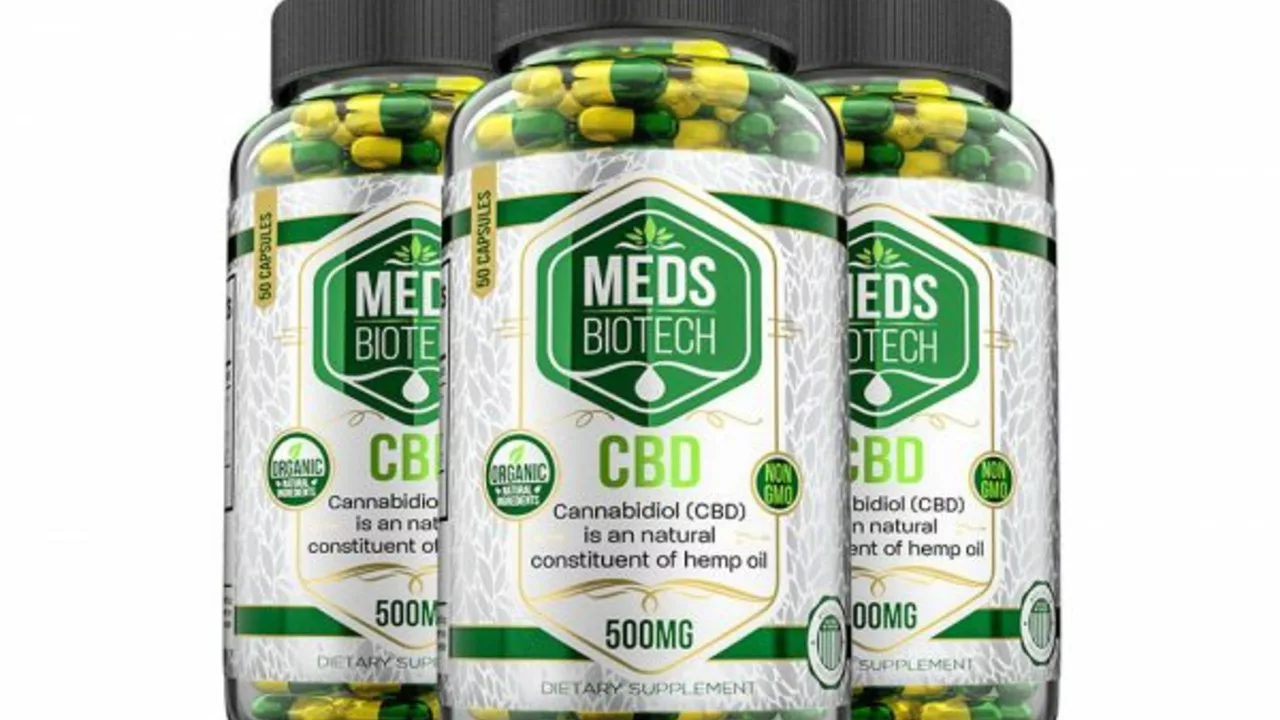Cannabidiol (CBD): What Works, What’s Safe, and How to Pick the Right Product
Cannabidiol (CBD) is everywhere right now — oils, gummies, creams, even pet treats. If you’re curious about trying it, you want clear answers: what it can help with, how to use it, and how to avoid bad products. This page gives straightforward, practical tips so you can make smarter choices without the hype.
What CBD can and can’t do
CBD is a compound from the cannabis plant. The strongest clinical proof is for a few seizure disorders — the FDA has approved a prescription CBD product for those conditions. For things like anxiety, sleep, or pain, evidence is mixed: some people report benefit, others don’t. Think of CBD as a tool that might help some symptoms for some people, not a cure-all.
Expect honest limits: over-the-counter CBD products are not reviewed by the FDA for treating medical conditions. If a product promises to cure a serious disease, be skeptical and talk to a clinician first.
How to choose CBD products
Look past flashy packaging. The three big checks are: third-party lab tests (COA), clear labeling of milligrams per serving, and the type of extract. A Certificate of Analysis shows what’s actually in the bottle — CBD amount, THC level, and contaminants like heavy metals or solvents. If a seller won’t provide a COA, don’t buy.
Know the extract types: full-spectrum contains small amounts of THC plus other plant compounds, broad-spectrum drops the THC, and isolate is pure CBD. Full-spectrum can feel stronger for some people because of other plant compounds, but it may include trace THC which can show on drug tests.
Pay attention to concentration: a 30 ml oil with 600 mg CBD contains 20 mg per ml. That helps you dose accurately instead of guessing.
Delivery method matters. Oils or tinctures (sublingual) act faster and are easier to dose. Edibles and capsules take longer but are convenient. Topicals target the skin area but don’t deliver CBD into the bloodstream as reliably.
Store products in a cool, dark place and check expiration dates. Quality matters more than price; cheap products often skimp on testing.
Dosing, safety, and interactions
Start low and go slow. A practical approach is to start with 5–10 mg once daily, wait several days, then increase by 5–10 mg if needed. Many people find benefit in the 20–50 mg daily range; others need more. For high doses used in prescription settings, work with a doctor. Track how you feel so you can adjust safely.
CBD can interact with other drugs by affecting liver enzymes (CYP450). That can change blood levels of medications like blood thinners, some anti-seizure drugs, and others. If you take prescription meds, check with your healthcare provider before starting CBD.
Common side effects include drowsiness, digestive upset, and occasional changes in appetite. Avoid use during pregnancy or breastfeeding. Stop using and see a doctor if you notice jaundice, severe fatigue, or unexplained bruising.
Bottom line: CBD can be useful for some issues, but it’s not risk-free. Buy tested products, start with a low dose, and talk to a healthcare pro if you’re on other medicines or have liver issues. That keeps things safer and more likely to work for you.
Well, folks, buckle up and prepare to dive into the riveting world of Cannabidiol! We're talking about CBD Dietary Supplements, those magical little concoctions that are turning heads and changing lives. You know, CBD - the stuff that comes from hemp but doesn't make you high, just healthy. Who knew one could find so much power in a plant? So, join me on this ride as we unlock the mysteries and benefits of CBD, leaving no stone unturned in our quest for the truth, a journey with a twist of fun and positivity. Let's get the green rolling!
View More

